A walk past one of the handful of handicrafts markets along the Costera Miguel Aleman in Acapulco leaves the writer wondering how it’s even possible that these vendors, in these hi-tech times, can make ends meet.
In an era long past, when the Sanborns downtown was one of the few establishments — aside from hotels — with decent air conditioning, and a place to duck in out of the midday heat, the vendors of cloth hats, stuffed turtles (now a definite no-no), embroidered linen clothes, bathing suits, silverware, and ornaments cut from coconuts were part of the attraction of being somewhere more or less exotic.
Vendors with a smattering of English—starting out with “where are you from?”—would ply their language skills to advantage, perhaps explaining why the price being asked for the same obsidian stone set in silver was twice what it had been offered for the previous day by a rival hawker of jewelry. “Ah señor, this stone was in the ground for many more years, this is the real obsidian.” An added touch to this could be that the seller knew the other vendor — his cousin perhaps — who wouldn’t think twice about fobbing-off on unsuspecting tourists an inferior quality product.
Nowadays, instead of people milling through the markets, it’s more common to see people walking past without so much as a glance at the wares, even pretending not to hear the invitation so look “sin compromiso,” no obligation to buy.
The explanation isn’t that far away. And it’s not so much the sneaking suspicion that many of the Mexico theme T-shirts and caps, tequila glasses, and mugs might have been made in China.
The reason often lies right next door in one of the modern malls that crop up with some regularity. Clothing stores with permanent end-of-season sales, stands selling “all natural” ice cream, fast-food courts, Starbucks coffee shops, and the inevitable multi-hall cinemas.
Tourists and locals alike can be found here, browsing the racks, surfing the web on the free WiFi, or texting on their smartphones, waiting for the next movie to start.
The idea of buying something quaint just because you are on holiday remains, but the malls would appear to be taking natural customers from the street markets.
And while the vendors with portable goods continue to traipse along the beaches, offering sunbathers anything from wooden sculptures to coconut oil and hair braiding, could the traditional street market could end up being a casualty of the times, an anachronism, a thing of the past?
Mexico in your inbox
Our free newsletter about Mexico brings you a monthly round-up of recently published stories and opportunities, as well as gems from our archives.

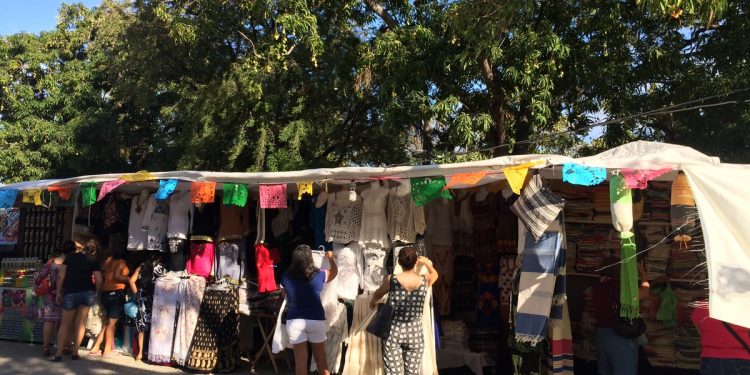
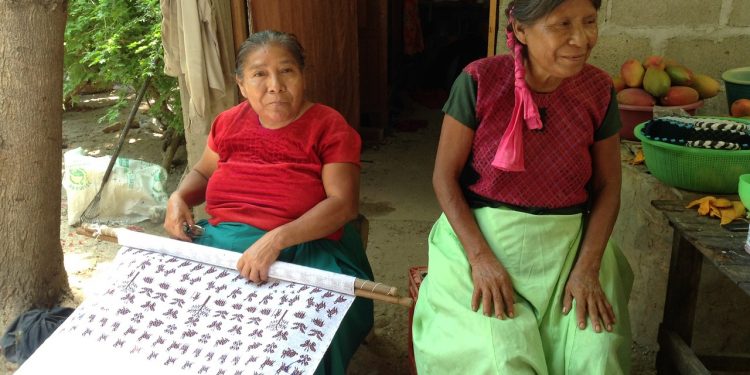
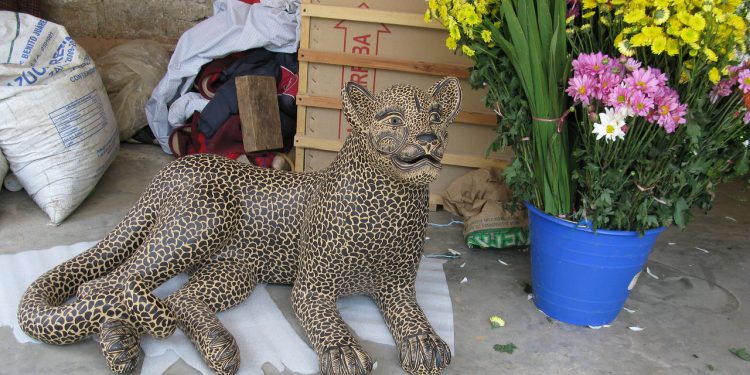
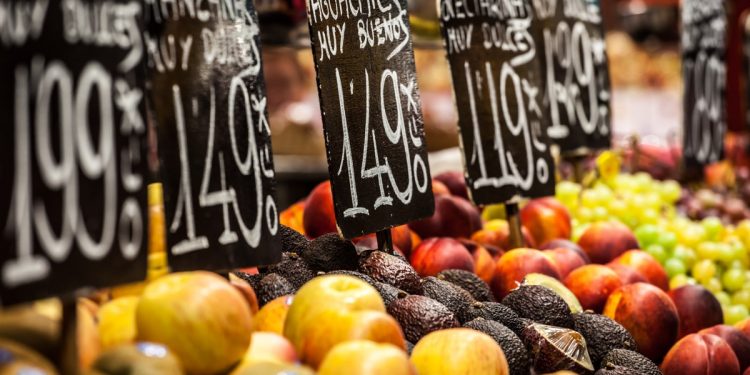
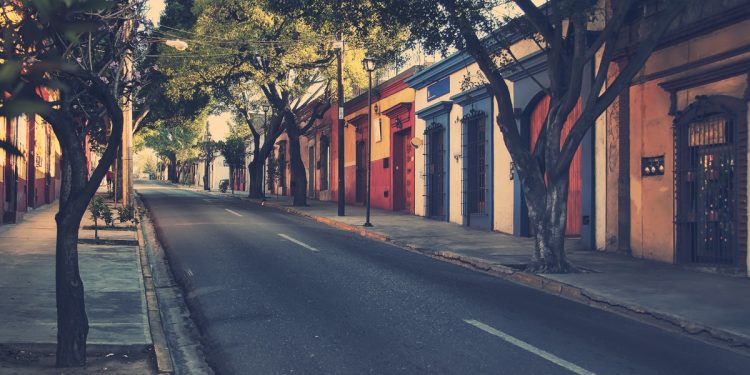
I wish we could see more local artisans at the souvenir shops!~ I think it would bring more tourists if they expected to see work from local artisans. We already see an influx of local artists at the huge art festivals (in Tijuana specifically)…why can’t we infiltrate the tourist traps also?
I would visit the Bufadora, Rosarito, and Puerto Nuevo more often if I could avoid the kitschy trinkets they sell from China. Instead, I’d rather hit up the local Pasaje Rodriguez, Pasaje Gomez and FestiArte instead.